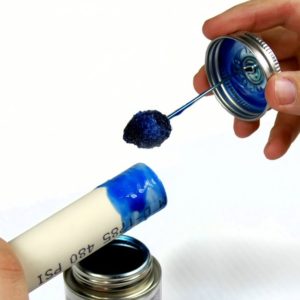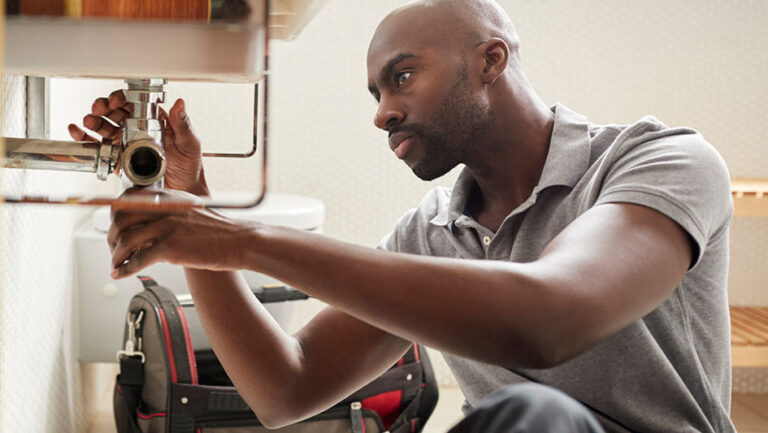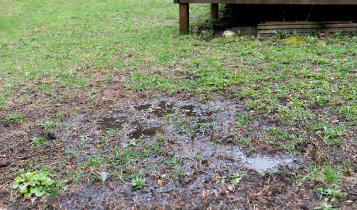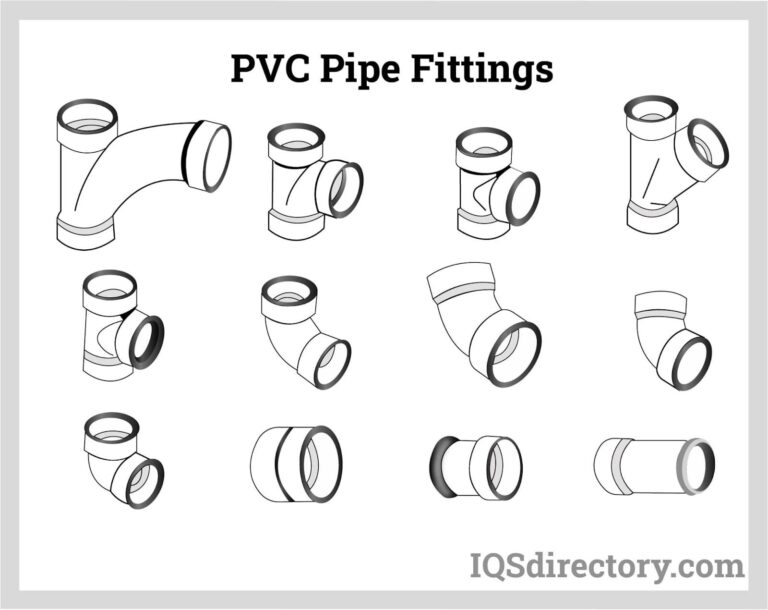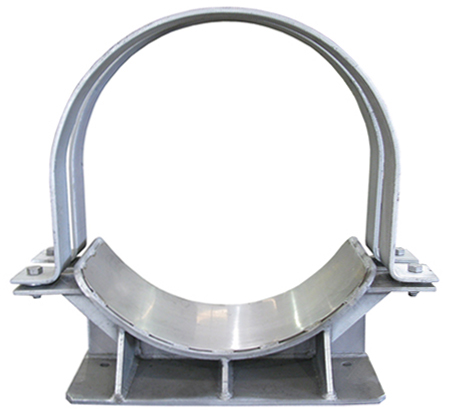Can You Repair A Plastic Pipe?
Repairing a plastic pipe can be a daunting task for many homeowners, but it doesn’t have to be. With the right tools and materials, repairing a plastic pipe can be a relatively easy and inexpensive task. With the proper preparation, you can have your plastic pipe repaired in no time. This guide will provide you with all the necessary information and steps to repair your plastic pipe, including necessary tools and materials, instructions on how to repair the pipe, and tips for a successful repair.
What is a Plastic Pipe?
A plastic pipe is an essential component of many plumbing systems, and can be used to carry water, gas, and other fluids. Plastic pipes are widely available in a variety of sizes, materials, and configurations, making them a popular choice for both residential and commercial applications. Unfortunately, plastic pipes are prone to wear and tear, and can become damaged over time. Fortunately, in most cases, a plastic pipe can be repaired with the right materials and tools. This article will discuss the different types of plastic pipes, and how you can repair them.
First, plastic pipes come in a variety of materials, including PVC, CPVC, ABS, and others. Each material has different properties and can be used in different applications. For example, PVC pipe is often used for water supply, while CPVC is used for hot water supply. ABS is often used for drain, waste, and vent systems. It’s important to select the right type of material for the job.
Once you have chosen the right material, you can begin the repair process. This can involve cleaning the pipe, patching any holes or cracks, and then applying a sealant or adhesive to secure the patch. You may also need to use a pipe cutter to repair a damaged section of pipe. In any case, it’s important to select the correct materials and tools for the job in order to ensure a successful repair.
In conclusion, plastic pipes are a popular choice for many plumbing systems, but they can become damaged over time. Fortunately, in most cases, a plastic pipe can be repaired with the right materials and tools. Be sure to select the right materials and tools for the job, and follow the instructions carefully in order to ensure a successful repair.
Advantages and Disadvantages of Plastic Pipes
Plastic pipes are a popular choice for residential and commercial plumbing systems because they are lightweight, easy to install, and durable. However, it is important to understand the advantages and disadvantages of plastic pipes before deciding if they are the right choice for your project.
On the plus side, plastic pipes are less expensive than metal pipes, and they are resistant to corrosion and scaling. They require less maintenance than metal pipes and are extremely durable, often lasting decades without needing to be replaced. In addition, plastic pipes are non-toxic, and they can be recycled or reused if removed from a structure.
On the downside, plastic pipes tend to be less flexible than metal pipes, which can make it difficult to make tight bends. They can also be more prone to cracking or breaking under pressure, and if they are not installed correctly, they can be prone to leaks. Additionally, plastic pipes are not as heat resistant as metal pipes, so they should not be used for hot water systems.
Overall, plastic pipes can be a great choice for plumbing projects, but it is important to weigh the pros and cons before deciding if they are the right fit for your needs. Consider your budget, the complexity of the project, and the environment you will be working in before making a final decision.
Identifying the Problem With a Plastic Pipe
Plastic pipes are one of the most common materials used in plumbing these days. They are easy to install, sturdy, and generally quite reliable. However, like any other type of pipe, plastic pipes can develop cracks or other problems that need to be repaired. But how do you go about repairing a plastic pipe? The first step is to identify the problem.
When diagnosing a problem with a plastic pipe, it is important to determine the source of the issue. Is it a crack, a leak, or something else? Once the problem has been identified, the next step is to determine whether the pipe can be repaired or if it needs to be replaced. If the crack or leak is small, it may be possible to repair the pipe using a patch or sealant. If the damage is more extensive, then replacement may be the best option.
It is also important to determine whether the pipe is made of PVC, ABS, or another type of plastic. Different plastics require different repair methods, so it is essential to know the material before attempting any repairs. Once the material has been identified, the appropriate repair method can be selected.
In most cases, repairs to plastic pipes can be done by the homeowner. However, if the damage is extensive or the repair method is complex, it is best to contact a professional plumber. A qualified plumber will have the knowledge and experience to properly diagnose and repair a plastic pipe.
No matter what type of pipe you have, it is important to identify and address any issues quickly. Repairing a plastic pipe can be a relatively simple process, but the longer the problem persists, the more damage it can cause. Taking the time to properly identify and repair a plastic pipe issue can save time and money in the long run.

Assessing the Damage to a Plastic Pipe
Plastic pipes are widely used in homes and commercial buildings, as they are a cost-effective and durable solution for plumbing. However, like any other material, over time, these pipes can become damaged and require repair. Before attempting to repair a plastic pipe, it is important to assess the damage and determine the best course of action.
Inspecting the pipe is the first step. Look for cracks, holes, deterioration, or other signs of damage. If the damage is localized, it may be possible to repair the pipe without replacing it. If the damage is extensive, it may be best to replace the entire pipe. If the pipe is cracked, it may be possible to use a patch kit to seal the crack.
If the pipe has a hole, it can be patched with a special epoxy or adhesive. If the pipe has deteriorated, it may need to be replaced. If the pipe is leaking, it may be possible to repair the leak with a sealant, but this is best done by a professional.
It is important to make sure that the repair is done properly and that the pipe is properly sealed. If the pipe is not properly sealed, it could result in a future leak or damage. Professional plumbers have the knowledge and tools to properly diagnose and repair any type of pipe, including plastic pipes.
When it comes to repairing a plastic pipe, it is important to assess the damage and determine the best course of action. Depending on the extent of the damage, the repair may involve patching, sealing, or replacing the entire pipe. Professional plumbers should always be consulted in order to ensure that the repair is done properly.
Repairs and Fixes for a Plastic Pipe
If you’re looking for a quick and easy fix to a plastic pipe, you’re in luck. Plastic pipes are some of the most durable and easy to repair materials available. Whether you need a patch, a full replacement, or a new installation, there are a variety of ways to repair plastic pipes.
The most common repair for a plastic pipe is a patch. Patches can be made from a variety of materials, including epoxy, adhesive, and even duct tape. While these patches may not be the most aesthetically pleasing, they are strong and effective. If you’re looking for a more permanent solution, you can opt to replace the entire pipe.
Replacing a plastic pipe isn’t as difficult as it may sound. All you need is the right tools and supplies, and you can easily remove and replace the damaged pipe. If you’re unsure of how to do this, you can always consult a professional plumber.
If you’re looking for a new installation, there are plenty of options available. Plastic pipes come in a variety of shapes and sizes, so you can easily find the right size for your project. Additionally, you can opt for a prefabricated pipe, which is much easier to install.
No matter what kind of repair or replacement you need for your plastic pipe, there are plenty of options available to make it as easy as possible. With the right tools and supplies, you can easily repair or replace your plastic pipe in no time.
Steps for Completing a Repair on a Plastic Pipe
Plastic pipes are commonly used in plumbing and other water systems due to their durability and affordability. Unfortunately, plastic pipes can still succumb to wear and tear over time. If you’re dealing with a leak or other issue with a plastic pipe, you may be considering tackling the repair yourself. The good news is that repairing a plastic pipe does not require the expertise of a professional plumber. Instead, it can be done quite simply with a few easy steps.
First, you’ll need to locate the leak or damaged area. If the damage is visible, it will be easier to identify. If the damage is not visible, you can try using a leak detection kit and a flashlight to find the damaged area. Once you have identified the area, you’ll need to prepare the repair. This may involve cutting away any damaged sections of the pipe.
Next, you’ll need to select the appropriate type of repair kit. There are many different types of kits that are designed for different types of plastic pipes. Make sure to select one that is suited to the type of pipe you are repairing.
Once you have the repair kit, you’ll need to apply the adhesive according to the instructions provided. Make sure to apply the adhesive evenly and thoroughly. Once the adhesive is applied, it’s important to let it dry before you move on to the next step.
Finally, you’ll need to put the repaired pipe back together. Carefully fit the new section into place and secure it with clamps. Once the clamps are in place, turn the water back on and check for any leaks. If all is well, your repair is complete.
By following these steps, you can effectively repair a plastic pipe yourself. With the right supplies and a bit of patience, you can have your water system up and running in no time.
FAQs About the Can You Repair A Plastic Pipe?
1. Is it possible to repair a plastic pipe?
Yes, it is possible to repair a plastic pipe depending on the extent of the damage. There are various methods of repair that can be used such as patching, heat fusion, and solvent welding.
2. What type of plastic is used for pipes?
The most common type of plastic used for pipes is PVC (Polyvinyl Chloride). Other types of plastic pipes include ABS (Acrylonitrile Butadiene Styrene) and PEX (Cross-linked Polyethylene).
3. What types of plastic pipe repairs are available?
The most common type of repair that can be done on plastic pipes is patching. Heat fusion and solvent welding can also be used to repair plastic pipes.
Conclusion
Repairing a plastic pipe is possible, but it can be difficult and time consuming, depending on the type of plastic pipe in question. It is generally best to consult a professional plumber to ensure that the repair is done properly and that the pipe is safe to use.


